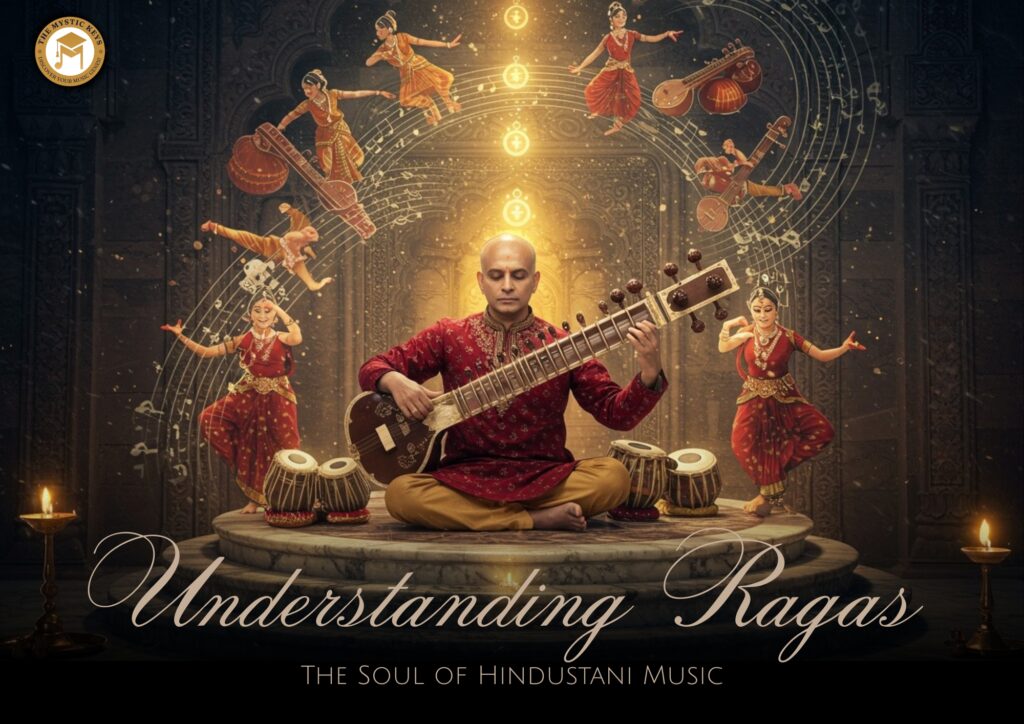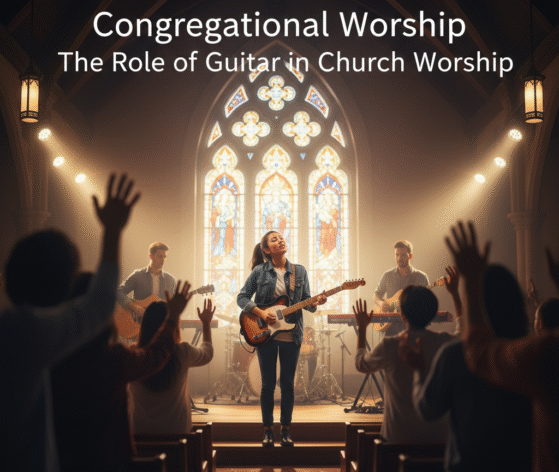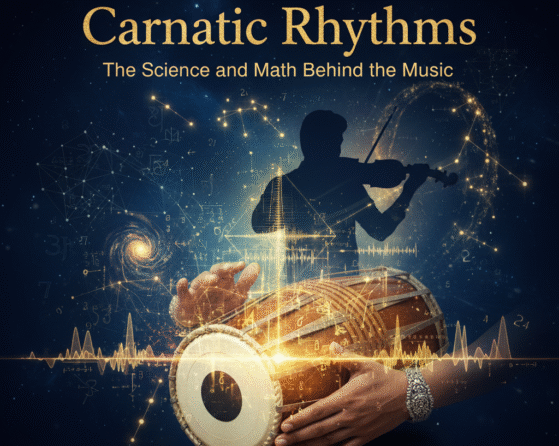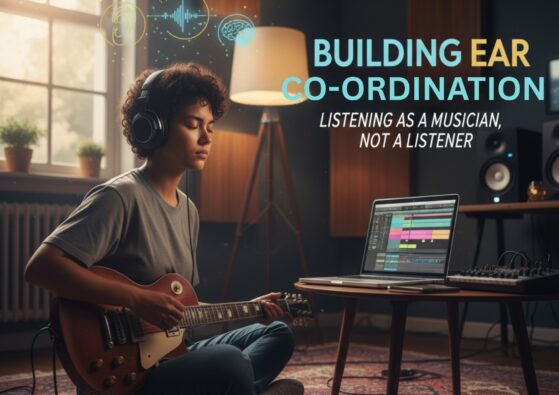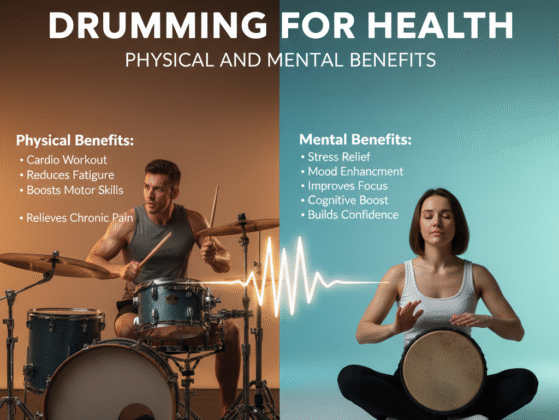Understanding Ragas | The Soul of Hindustani Music
In the vibrant world of Indian classical music—especially the Hindustani tradition of North India—the raga emerges as the core of expression, creativity, and spiritual depth. Understanding ragas is key to appreciating this art form, as a raga goes far beyond a mere sequence of notes. It breathes with personality, unfolds like a musical archetype, and awakens emotions that touch both the performer and the listener at a profound level.
To truly grasp the essence of Hindustani music, one must first connect with the raga. It serves as the heartbeat of every performance, whether vocal or instrumental. In this blog, we’ll uncover why the raga holds such a central place in Indian music—tracing its origins, exploring how it is crafted and brought to life, and understanding how it communicates emotion and meaning that often transcend language itself.

What Exactly Is a Raga?
The term “raga” finds its origin in the Sanskrit root “ranj,” which means to color or to dye. However, this coloring isn’t literal. Rather, it refers to the way music can infuse the mind and soul with emotion. In this sense, a raga acts as a musical force that colors a listener’s consciousness, bringing specific moods and feelings—known as rasa—to life.
Moving from meaning to structure, a raga isn’t just an emotional impression—it also follows a precise melodic framework. At its foundation, it draws from a chosen set of musical notes (swaras), arranged carefully in ascending (aaroh) and descending (avroh) orders. Within this framework, some notes take on greater importance—namely the vadi (the most prominent note) and the samvadi (the second most important). Additionally, distinctive phrases (pakad) give each raga its recognizable shape and identity.
Yet despite this structure, a raga is not a fixed composition. On the contrary, it remains a fluid and dynamic idea, constantly shaped by the artist interpreting it. Understanding ragas means recognizing that they are not rigid blueprints but living entities. To grasp this better, think of a raga as a character in a play. While the traits and backstory may be written, the way that character moves, speaks, and evolves depends entirely on the actor’s imagination and emotional depth. Similarly, a raga’s soul comes alive through the artist’s unique expression, creativity, and emotional connection, making each performance a fresh and personal interpretation.
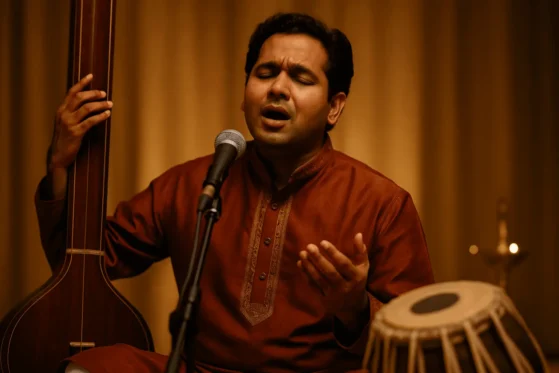
Components of a Raga | The Architecture of Emotion
While the raga system is rooted in ancient traditions, its structure is surprisingly sophisticated. Let’s look at the essential components that define a raga:
1. Swaras (Notes)
There are 12 notes in Indian classical music—7 pure (shuddha) and 5 altered (vikrit). A raga selects 5 to 7 of these notes in a unique combination. The choice of notes and their use creates the raga’s identity.
2. Aaroh and Avroh
These are the ascending and descending note patterns of the raga. The movement is rarely linear. Some notes may be skipped in one direction but used in another. This gives the raga its character and flow.
3. Vadi and Samvadi
The vadi is the most dominant or restful note—a kind of tonal center. The samvadi, often a fourth or fifth from the vadi, complements it. These two notes often serve as emotional anchors in the raga’s improvisation.
4. Pakad (Signature Phrase)
Every raga has certain characteristic phrases or patterns that act like its musical fingerprint. These are instantly recognizable to trained ears and crucial for conveying the raga’s identity.
5. Time and Season
Most ragas are traditionally assigned a time of day or a season, based on the idea that music resonates differently depending on the environmental and emotional state of the listener. While modern performances may be more flexible, the connection between raga and time is deeply spiritual and psychological.
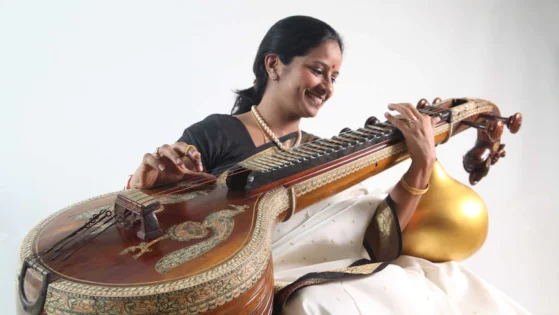
The Emotional Language of Raga
Understanding Ragas is key to appreciating the emotional depth of Hindustani classical music. Unlike Western classical music, which often builds its richness through harmonic progression, Hindustani music places its heart in melody and emotional expression. Instead of layering chords, it draws on the evocative power of a single melodic line to move the listener. At the center of this melodic journey lies the raga—each one carefully crafted to convey a specific rasa, or emotion, making the experience both intimate and profound.
Over centuries, musicians have refined each raga to evoke a unique emotional atmosphere. For instance:
Raga Yaman radiates serenity and devotion, often weaving a romantic mood as it graces the evening hours.
Raga Bhairavi carries a sense of reflection and nostalgia, frequently chosen to conclude a concert with gentle closure.
Raga Desh bursts with joy and festivity, beautifully capturing the spirit of the monsoon season.
Raga Marwa paints an anxious, poignant landscape—its intensity perfectly suited for the emotional transition of sunset.
Raga Malkauns feels deeply meditative and mysterious, inviting listeners into a spiritual and introspective state.
Because each raga communicates its own emotional world, performances become highly personal and interpretive. Two artists can present the same raga and yet offer completely different experiences—shaped by how they highlight certain notes, craft ornamentations, and develop their improvisations. As a result, every raga performance becomes a living, breathing dialogue between the artist, the raga, and the listener.
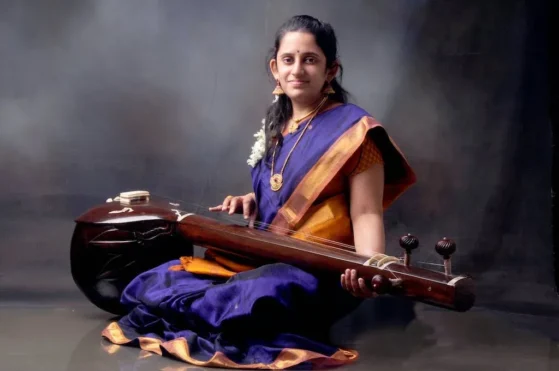
Ragas in Performance | From Silence to Crescendo
The performance of a raga unfolds as a transformative journey—not only for the musician but also for the listener. As the performance progresses, it gradually reveals layers of emotion, color, and energy, beginning in stillness and culminating in a vibrant rhythmic climax. Each stage flows naturally into the next, offering a dynamic narrative shaped by tradition and spontaneity.
Let’s explore how a typical instrumental or vocal raga performance takes shape:
1. Alap
The journey begins with the alap, a slow, free-flowing introduction where the artist gently introduces the raga’s mood and melodic essence. With no rhythm or percussion, this section feels meditative and reflective. Here, the artist immerses both themselves and the audience in the raga’s emotional world.
2. Jor
As the alap evolves, the performance moves into the jor, where a steady pulse emerges. Although still unaccompanied by percussion, the music becomes more structured and animated. The raga gains momentum, as if waking from a dream and preparing to move.
3. Jhala
Building on the jor, the jhala adds rhythmic vitality and intensity. The artist incorporates rapid note patterns and percussive string work—particularly on instruments like the sitar or sarod. This section serves as an energetic bridge, setting the stage for the entry of rhythm through the tabla.
4. Gat or Bandish
With the introduction of a composed melody (gat in instrumental music or bandish in vocal), the raga now aligns with a specific tala (rhythmic cycle). From this point, the performance takes flight. The artist improvises within the raga’s structure, weaving in ornamentations, taans (fast melodic runs), meends (glides), and intricate rhythmic interplay with the tabla.
5. Tanpura and Accompaniment
Throughout the performance, a tanpura maintains a continuous drone, providing a harmonic foundation and anchoring the melody. In vocal performances, harmonium or sarangi often joins in, offering rich, responsive accompaniment that enhances the texture and depth of the raga.
This progression—from silence to rhythmic ecstasy—allows the raga to blossom fully, engaging the mind, heart, and spirit in a deeply immersive musical experience.

Raga and Time | The Ancient Time-Theory
One of the most fascinating aspects of understanding ragas in Hindustani classical music lies in their deep connection with specific times of day. This ancient time-theory is far from coincidental—it arises from the profound belief that music interacts with our minds and bodies in unique ways as we move through different phases of the day. By aligning each raga with a particular hour or season, musicians aim to heighten its emotional resonance and evoke the intended mood more powerfully.
Let’s explore how certain ragas are traditionally categorized by time:
Morning ragas such as Bhairav and Todi evoke serenity and introspection, perfectly suited for the stillness of early hours.
Midday ragas like Sarang and Multani offer a sense of balance and expansiveness, mirroring the energy of the day.
Evening ragas including Yaman and Marwa carry romantic and yearning moods, reflecting the soft descent of twilight.
Night ragas such as Darbari Kanada and Bageshri sound majestic and soothing, ideal for winding down.
Seasonal ragas, like Basant for spring and Megh for the monsoon, capture the essence of nature’s changing moods.
Through this time-based approach, Hindustani music doesn’t just express emotion—it synchronizes with the rhythms of nature and the universe, revealing how deeply the tradition honors harmony between sound, self, and time.

Ragas as a Spiritual Practice
In Indian tradition, music goes far beyond entertainment—it becomes a spiritual journey. At the heart of this journey lies the art of understanding ragas. When an artist performs a raga or a listener engages deeply with its melodic contours, the experience often transforms into an act of bhakti (devotion) or dhyana (meditation). Ragas are not merely musical constructs; musicians perceive them as divine energies, each serving as a gateway to the inner self.
Many great maestros speak of losing themselves completely in the raga, entering a state where the ego fades and only the music remains. This heightened experience—known as naad yoga—illustrates the profound union of soul and sound.
Even for the listener, a powerful raga performance can evoke deep stillness, stir tears, or awaken unexplainable joy. Through this, understanding ragas becomes more than musical insight—it becomes a passage into emotional and spiritual realms that words alone can never truly capture.
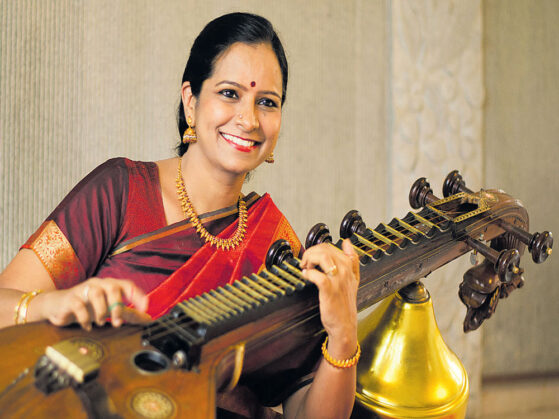
Learning Ragas | The Guru-Shishya Legacy
Ragas aren’t merely taught—they are absorbed through experience and immersion. Traditionally, they pass down from guru to disciple through the guru-shishya parampara, a lineage rooted in deep listening, constant repetition, and close mentorship. Learning a raga involves more than memorizing scales; students must truly internalize its emotion, signature phrases, and aesthetic character.
At The Mystic Keys, we carry forward this timeless tradition while seamlessly integrating a modern approach. As soon as a student begins—whether taking their first steps in melody or honing expressive nuances at an intermediate level—our expert instructors guide them to do more than play notes. They learn to feel the raga, understand its essence, and eventually express it with confidence and individuality.
Through personalized lessons, worldwide access, and a strong foundation in classical values, we guide students toward truly understanding ragas—not just as musical structures, but as living expressions of emotion and tradition. In doing so, they discover how ragas can become lifelong companions in both their musical growth and emotional journey.
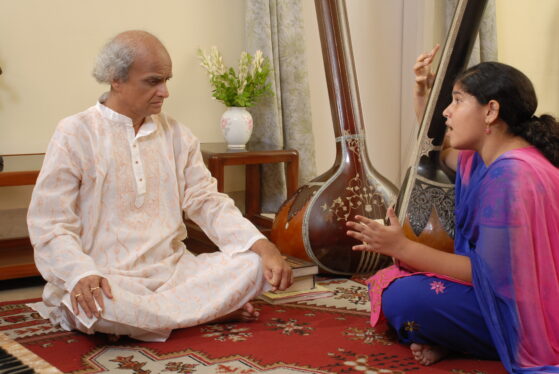
Conclusion | The Infinite Beauty of Raga
To understand a raga is to step into a world where sound becomes meaning and melody becomes memory. A raga doesn’t ask to be decoded—it asks to be felt deeply. It embodies both art and science, discipline and inspiration, tradition and improvisation all at once.
In today’s fast-paced world of instant gratification, the raga gently invites you to slow down, listen, and connect—not just with music, but with your own inner self.
Whether you’re a casual listener, an aspiring musician, or a lifelong student of Indian classical music, exploring ragas through Hindustani Vocal Lessons Online offers one of the most profound, enriching, and soul-stirring journeys you can embark upon. Through personalized guidance and immersive learning, you’ll discover how ragas open doors to emotional depth and spiritual connection that transcend time and place.
For more information and exciting resources about learning music, visit our website at The Mystic Keys. For more music content and exciting offers follow us on
Facebook, Instagram, YouTube, LinkedIn, Twitter, Pinterest, and Threads,


